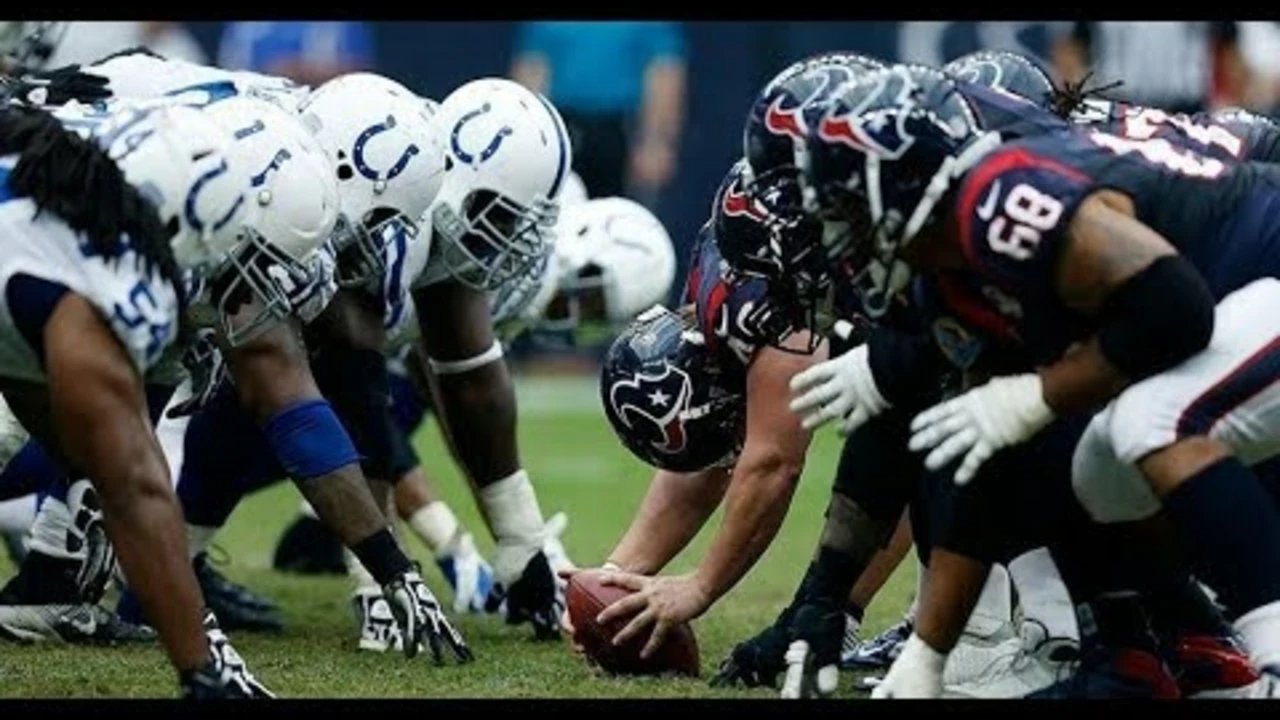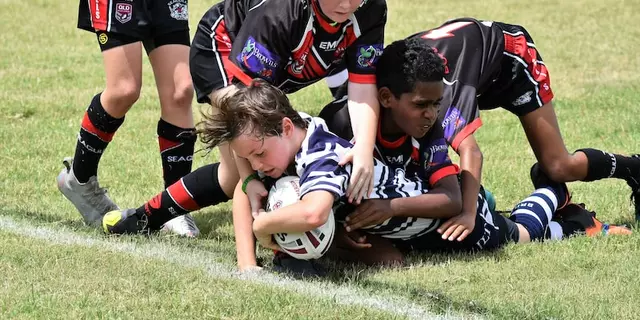Sport Comparison: How Rugby Measures Up to Football, the NFL and More
If you love rugby, you’ve probably heard the debate about whether it’s tougher, faster or older than other sports. Let’s break down the big points without the jargon. We'll look at where rugby came from, how it differs from American football and the NFL, and what the training demands are. By the end you’ll have a clear picture of why rugby stands out and where it shares ground with its cousins.
Origins and History: Who Came First?
Rugby dates back to early 19th‑century England. Schoolboys at Rugby School started handling the ball instead of kicking it, sparking a brand‑new game. American football didn’t appear until later in the 19th century, borrowing heavily from both rugby and soccer. In short, rugby is the older sibling in the sports family tree. That early start gave rugby a set of rules focused on continuous play, unlike the stop‑and‑go style that developed in the NFL.
Speed, Strength and the Athlete’s Body
People often wonder if NFL players are faster than rugby players. The answer isn’t simple. NFL athletes train for short bursts of explosive speed – think a 40‑yard dash. Rugby players need to sustain a high pace for 80 minutes, mixing sprinting with long‑run endurance. Both groups are incredibly athletic, but the type of speed they specialize in differs. When it comes to strength, rugby demands full‑body power because you’re constantly tackling, rucking and staying on your feet.
Training for rugby reflects that blend. You’ll see a lot of interval runs, agility ladders and strength work that targets the core, legs and upper body. A typical routine might include 4‑5 sprint repeats of 30 seconds, followed by a quick jog, plus weight sessions focusing on squats, deadlifts and pull‑ups. Nutrition matters too – a balanced diet with plenty of protein and carbs helps fuel long matches and recovery days.
What about the rules? One quick way to spot the difference is the direction of passes. Rugby only allows backwards passes, while American football and soccer push the ball forward. That rule change shapes the whole flow of the game. In rugby, the ball stays alive longer, leading to more continuous action. In the NFL, each play stops after a tackle, then the clock resets for the next snap.
Finally, big events highlight the sport’s global reach. The Rugby World Cup runs every four years, with the last tournament in Japan (2019) and the next in France (2023). There isn’t a 2022 World Cup, so any talk of that year is just a mix‑up. Meanwhile, the NFL’s Super Bowl draws massive TV audiences each February, and soccer’s World Cup dominates every four years on a different schedule. Knowing these timelines helps you follow each sport without confusion.
So, whether you’re curious about the history, the speed race, or the training grind, rugby holds its own against football, the NFL and other popular games. It’s older than American football, demands a blend of speed and stamina, and offers non‑stop action that many fans love. Got more questions? Dive into our posts on rugby training, speed comparisons, and sport origins to keep the conversation going.

Which is the better sport: American football or rugby?
After a deep dive into the world of sports, I've come to realize that choosing between American football and rugby isn't as straightforward as it seems. Both have their unique appeals: American football, with its strategic play and high-octane action, and rugby, with its continuous gameplay and intense physicality. However, the "better" sport really depends on personal preference. Some might love the armored gladiatorial feel of American football, while others might favor the raw, unarmored tenacity of rugby. My conclusion is there's no definitive winner - it's all about what resonates with you.
Jul 25 2023




